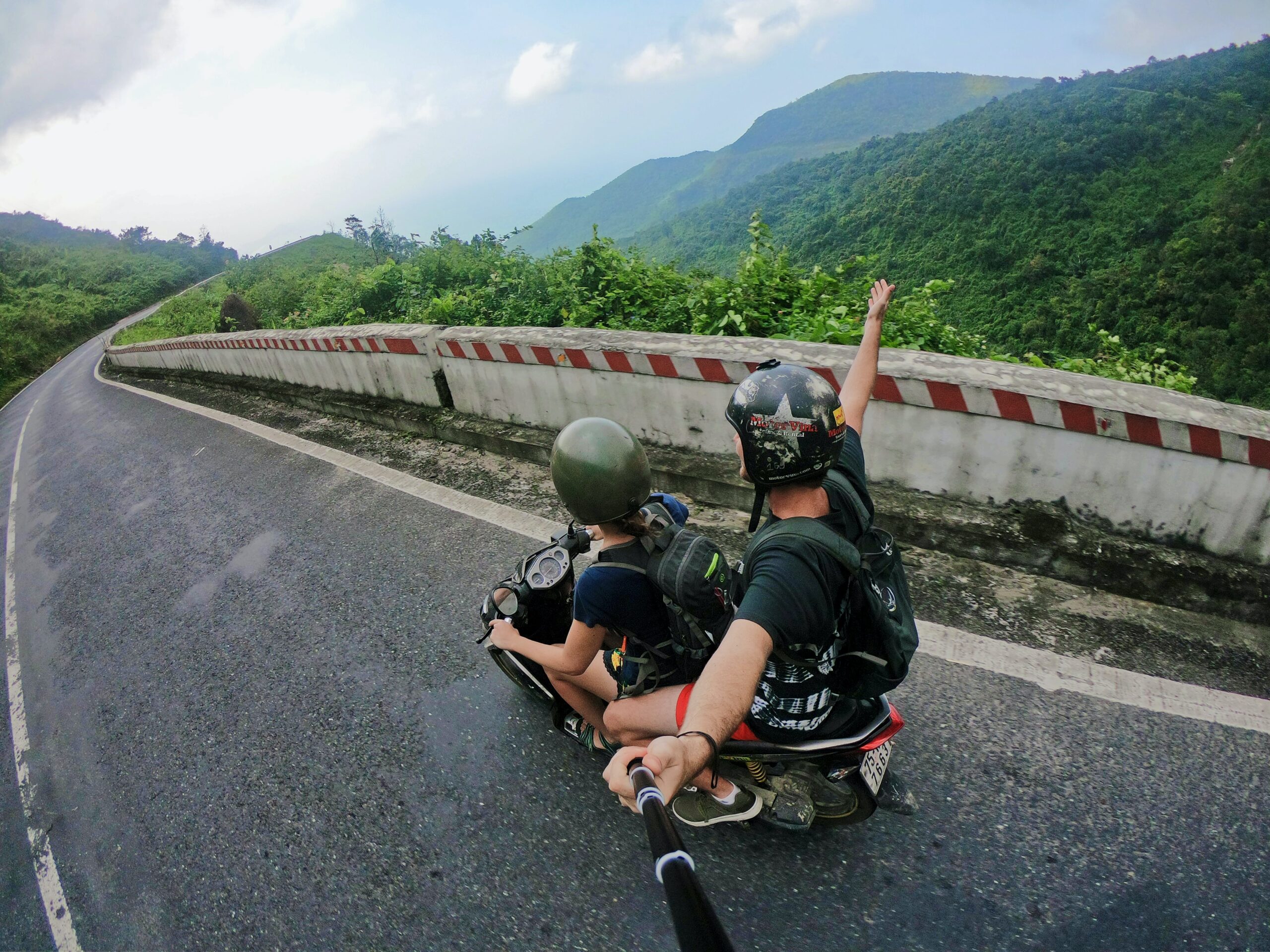
Gen Z Travel Trends: Why Destinations Should Cater to a New Generation
Tourism is a constantly changing industry that works best when it can anticipate and adapt to new trends amongst tourists. It’s in the best interest of destination management organizations (DMOs) to frequently engage in tourism planning, and to consistently navigate changing trends and adjust to new demographics. As we prepare for the changes to come in 2024, let’s take a look at how Gen Z travel trends are shaking up the tourism industry.
Why Focus on Gen Z Travelers?
Members of Gen Z are typically considered to be those born between 1997 and 2012. In the United States, they make up over 20% of the population. They’re diverse, well-educated, technologically savvy, and are likely to make big changes to many industries across the board.
You might be wondering why it’s so important for destinations to consider Gen Z when it’s still a relatively small percentage of spenders—the youngest members aren’t even teenagers yet, and the oldest are just entering their mid-20s. Here are a few reasons why it’s important to keep this group in mind:
- The oldest members of Gen Z will have recently graduated college and are entering the workforce. They’ll be flexing their new spending power with a growing disposable income.
- Gen Z is among the most eager to travel after COVID-19. Many were sent home from study abroad programs or had to cancel plans for gap-year travels due to the pandemic.
- Younger Gen Z can have a strong influence when planning family vacations. This is a significant consideration when family travel makes up about 30% of the travel industry.
Read on to discover how Gen Z likes to travel, and the trends that are changing the travel industry.
Social Media Driven Wanderlust

Gone are the days of brick-and-mortar travel agencies or dusty guide books listing off the same ‘cities that everyone needs to see before they die’.
Online resources are the predominant method for modern travelers to use when developing their travel plans. TikTok has frequently been regarded as Gen Z’s new preferred search engine, with 40% using the app for inspiration (the #travel hashtag on TikTok has over 182 billion views). For Gen Z, active social media use and hyper-connectivity have been dominating features for most of their life. The world is made so much smaller through the internet—never before has someone been able to see and connect with people and places on the other side of the world.
This increasingly globalized world creates an incredible resource for tourism marketing. Tourism has always been a visual industry. People are more willing to travel somewhere if they can see what that place looks like and, by extension, if they can imagine themselves there. Social media can show corners of the world that may never have been highlighted by the traditional travel brochures or guide books, inspiring waves of people to explore off the beaten path.
Across all industries, influencers have largely replaced traditional forms of advertising and marketing. People are much more willing to engage with a product if they feel that they can trust the source. Travel influencers are able to uniquely market destinations in a way that comes across as authentic and relatable, and is the Gen Z travel trend that may have the biggest impact in how the tourism industry looks in the future.
Travel influencers in Tunisia
Solimar has recognized the importance of social media use in destination marketing, as can be seen through our collaboration with the USAID Visit Tunisia project. The campaign, called “Tounes Lik”, worked with two travel influencers to promote domestic tourism in Tunisia, and at the time of this blog post’s publication, saw a major increase in engagement with the campaign’s social media pages: a 37% follower increase on Facebook and 300% follower increase on Instagram. In this follow-up blog, Visit Tunisia celebrated an increase in bookings for the companies featured in the “Tounes Lik” social media content, proving that these travel influencers had a direct impact on the domestic tourism industry in Tunisia.
It’s crucial for destinations to have a strong online presence. Accounts on Instagram, TikTok, and YouTube are great ways to get the attention of Gen Z travelers, and intentional collaboration with travel influencers and content creators can promote businesses and destinations to viewers all around the world.
Developing Digital Nomad Havens

A digital nomad is someone who moves to another country with the intention of working remotely for an employer in their home country. As remote work becomes increasingly common across many industries worldwide, many Gen Z individuals are opting to exchange the typical office lifestyle for a life on the road. This trend increased following the COVID-19 pandemic, when many businesses decided to keep employees working from home. Many see remote work as promoting a better work-life balance, and lots of Gen Zers are using this as an opportunity to become a digital nomad.
Many countries are developing digital nomad visas to attract adventurous workers to stay for longer periods. This visa scheme can also help address the problem of “brain dumps” (skilled workers immigrating to other countries to find work). It can also really help to stimulate the local economy following the economic plateau caused by the pandemic.
Immigration Advice Service listed 42 countries offering some form of digital nomad visas, across Europe, the Caribbean, South America, the Middle East, and Asia. There are many incentives for remote workers to become a digital nomad, including:
- Little to no income tax to be paid towards the host country (Croatia, Costa Rica)
- Lower cost of living, especially for those coming from the United States (The Republic of Georgia, Saint Lucia)
- A simplified path to extended stay visas and residencies (Greece)
A word of caution: the challenges of digital nomadism
Life as a digital nomad can be sweet. However, the huge influx of wealthy foreigners can sometimes be detrimental to the destinations.
In the time since the visa has been established, the cost of living has risen exponentially in many destinations popular among digital nomads. Mexico and Spain, for example, have seen housing prices skyrocket. This forces the locals to be evicted to make space for those who can afford these rising prices with higher foreign incomes, potentially fostering resentment among the local population.
Digital nomad visas are still relatively new and might not have as many regulations or restrictions as other visa schemes. As Gen Z gets older and more people are sticking to a hybrid work environment, it’s important that digital nomad visas are thoughtfully developed alongside DMOs in order to best support both the traveler and the destination.
Gen Z and Sustainable Tourism Practices

Gen Z has been reported to be among the most concerned about climate change and is leading the push towards more sustainable tourism practices, as can be seen in Solimar’s webinar concerning sustainable changes to the travel industry following COVID-19. 69% of Gen Z reported feeling strongly about sustainable travel, compared to only 48% of the Baby Boom generation.
This concern over climate change is fueling a change in the tourism industry. Gen Z travelers are trending towards sustainable tourism, and are doing so through experiences that encourage community engagement. Sustainability means more than just the environment; it also covers bolstering the local economy and preservation of the local culture. TrovaTrip has found that Gen Z travelers are more willing to give back while traveling, through community and environmental restoration projects—and Globetrender found that they were 3 times more likely to give back when traveling when compared to other generations.
Some sustainability changes that Gen Z travelers have been making include:
- Traveling by road or rail instead of by plane
- Shopping at locally owned businesses, ensuring that money is spent within the local community instead of at foreign-owned businesses
- Researching tourism providers thoroughly to ensure their sustainability practices are reliable
- Volunteering with local projects or engaging in community-led efforts to support the environment
Destinations should keep in mind Gen Z’s inclination towards sustainability and understand that it’s becoming a priority for more and more travelers as we continue to operate within the climate crises. Gen Z clearly cares deeply for the destinations they’re traveling to. They’re undertaking a stewardship role when they travel, something that hasn’t really been seen in generations before.
As a whole, Gen Z travel trends are directing the tourism industry towards a more connected and sustainably conscious world. DMOs can help destinations to embrace these trends and develop tourism practices that will positively impact both the traveler and the destination.
At Solimar International, we help DMOs anticipate these changes in travel trends and develop a proactive plan to help support tourism industries in destinations around the world. For a closer look at the work that DMOs provide to destinations, check out this Solimar blog post.
Want to learn more about sustainable tourism development? Get in touch and be sure to follow along with us on Instagram, Facebook, and LinkedIn.
Tags: COVID-19 travel trends, destination management organisations, digital nomad visas, digital nomads, gen z travel trends, gen z travelers, sustainable tourism, sustainable travel trends, travel influencers, travel planning
